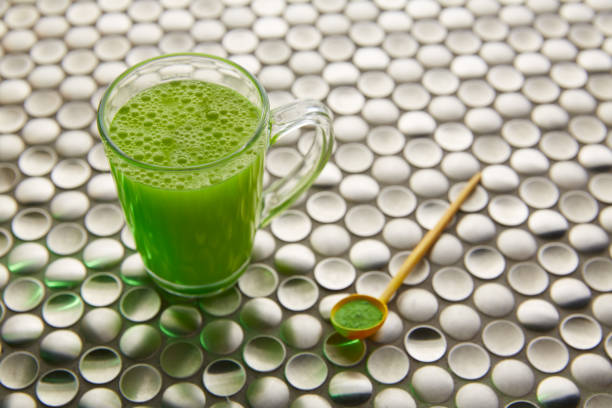Bladder infections, also known as urinary tract infections (UTIs), affect millions of individuals worldwide each year, causing discomfort, pain, and sometimes serious complications. While antibiotics are commonly prescribed to treat UTIs, there is growing interest in alternative methods for prevention, especially considering the rise of antibiotic resistance. Among these alternatives, cranberry juice has gained attention for its potential to prevent bladder infections. In this article, we will explore the scientific evidence supporting the use of cranberry juice as a preventive measure against UTIs.
Understanding Bladder Infections: Before delving into the role of cranberry juice, it is essential to understand the nature of bladder infections. UTIs occur when bacteria, typically Escherichia coli (E. coli), enter the urinary tract and multiply, leading to inflammation and infection. Common symptoms include a frequent and urgent need to urinate, burning sensation during urination, cloudy or bloody urine, and pelvic discomfort.
The traditional approach to treating UTIs involves antibiotics, which kill the bacteria causing the infection. However, the overuse of antibiotics has led to the emergence of antibiotic-resistant strains of bacteria, posing a significant public health threat. Therefore, there is a growing need for effective and sustainable preventive measures.
Cranberry Juice and UTI Prevention: For centuries, cranberries have been used for their medicinal properties, particularly in treating urinary-related ailments. It is believed that certain compounds found in cranberries, such as proanthocyanidins (PACs), interfere with the adhesion of bacteria to the urinary tract walls, preventing them from causing infection. This anti-adhesive mechanism is the basis for the hypothesis that cranberry juice can help prevent UTIs.
Scientific Evidence: Numerous studies have investigated the effectiveness of cranberry juice in preventing bladder infections, albeit with varying results. While some trials have shown promising outcomes, others have been inconclusive. However, several meta-analyses and systematic reviews have attempted to synthesize the available evidence to draw more definitive conclusions.
One such meta-analysis, published in the Cochrane Database of Systematic Reviews, analyzed 24 studies involving over 4,473 participants and concluded that cranberry products, including juice, significantly reduced the risk of UTIs compared to placebo or no treatment. The analysis found that regular consumption of cranberry products reduced the incidence of UTIs by up to 35%, particularly in individuals prone to recurrent infections.
Another meta-analysis, published in the Journal of Urology, focused specifically on the role of cranberry juice in preventing UTIs in women. The analysis, which included 13 trials with over 1,600 participants, found that cranberry juice consumption was associated with a statistically significant reduction in UTI risk compared to controls.
Mechanism of Action: The exact mechanism by which cranberry juice exerts its preventive effects on bladder infections is not fully understood. However, several theories have been proposed based on in vitro and animal studies. One theory suggests that certain compounds in cranberries may acidify the urine, creating an unfavorable environment for bacterial growth. Another theory posits that cranberry compounds may inhibit the production of certain bacterial virulence factors, reducing their ability to cause infection.
It is essential to note that while cranberry juice shows promise as a preventive measure against UTIs, it is not a cure-all solution. Factors such as the concentration of active ingredients in the juice, the frequency and duration of consumption, and individual susceptibility to UTIs may influence its effectiveness.
Recommendations and Considerations: For individuals interested in incorporating cranberry juice into their preventive healthcare regimen, several considerations should be taken into account:
Choose unsweetened, pure cranberry juice or cranberry concentrate without added sugars, as sweetened varieties may negate the potential benefits.
Consult with a healthcare professional, especially if you have underlying medical conditions or are taking medications that may interact with cranberry juice.
Maintain good hydration and practice proper urinary hygiene in conjunction with cranberry juice consumption to reduce the risk of UTIs.
Be mindful of potential side effects, such as gastrointestinal upset, associated with excessive cranberry juice intake.
Conclusion: In conclusion, cranberry juice holds promise as a natural and accessible means of preventing bladder infections, particularly in individuals prone to recurrent UTIs. While further research is needed to elucidate its precise mechanisms of action and optimal dosing strategies, the existing evidence suggests that regular consumption of cranberry juice can reduce the risk of UTIs and contribute to overall urinary health. By incorporating cranberry juice into a balanced lifestyle and healthcare routine, individuals may take proactive steps towards mitigating the burden of bladder infections and promoting urinary wellness.



